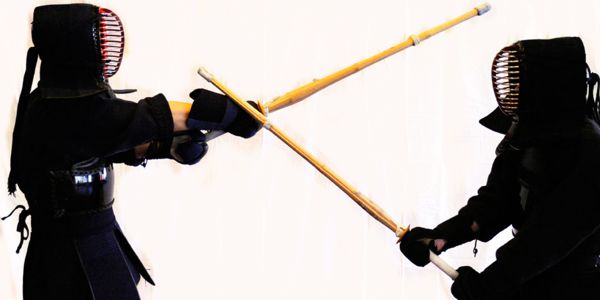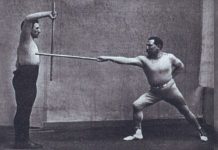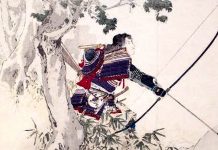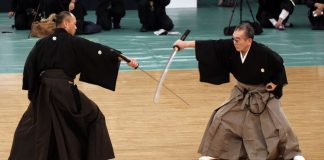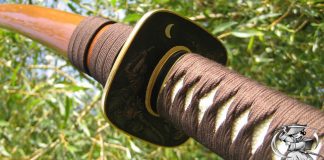Kum Do is the Korean art of sword fencing perfected centuries ago during the Shilla Dynasty. It is closely related to Japanese Kendo and many historians believe that they had a common origin.
- Kum Do (Kendo) – The art of sword fencing
- Guhapdo (Iado) – The art of drawing the sword and cutting
- Ki Kong – Meditation to focus your mind
Kum Do emphasizes concentration, power, and self-control. It is a very safe martial art since all sparring is done wearing full body armor (Hogu). All training is done with a bamboo practice sword (Juk Do). Precise control over ones body is essential to achieve Ki Kum Che (Spirit, sword, and body acting as one) when striking with the sword.
The benefits of Kum Do are many. Practitioners will develop their skills of concentration and focus, since precise control of the sword is essential. Kum Do promotes an attitude of confidence that helps students grow both personally and morally. Kum Do is fundamentally based upon the concepts of honesty, honor, self-control, and courtesy. Kum Do practice also provides a vigorous physical workout to help promote good health. Practitioners also gain the knowledge to defend themselves using everyday items such as a broomstick, cane, or umbrella.
Kum Do students are ranked in the traditional manner from 10th Gup to 1st Gup for all students below black belt and from 1st Dan to 10th Dan for all ranks above black belt. Belt testing consists of knowing and demonstrating the appropriate striking forms for your rank, as well as sparring forms and free sparring for the advanced belts.


